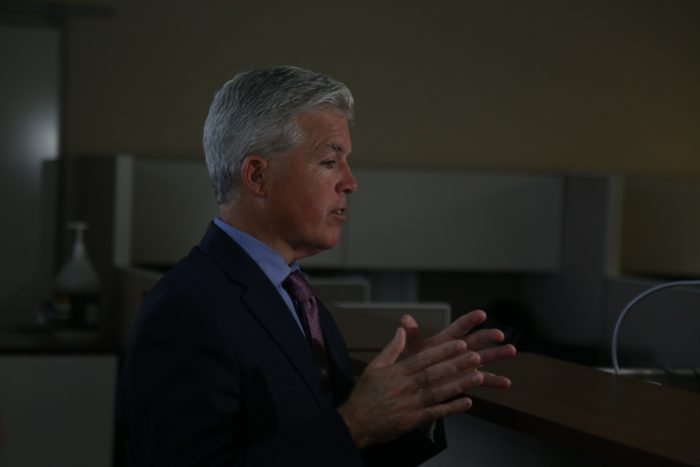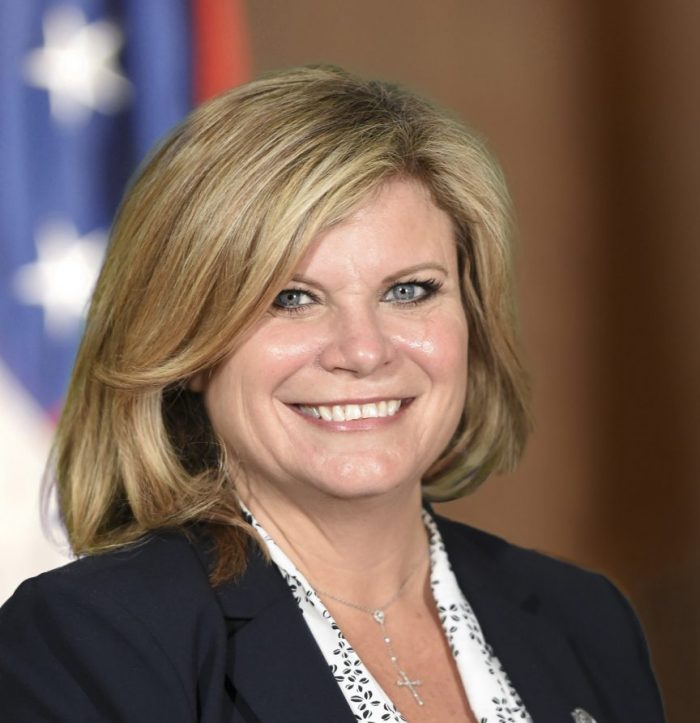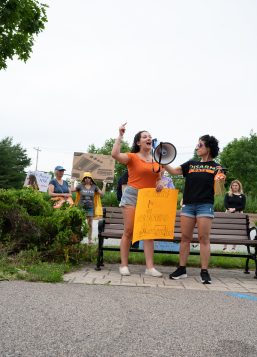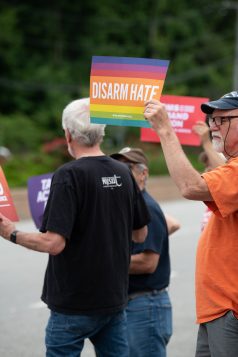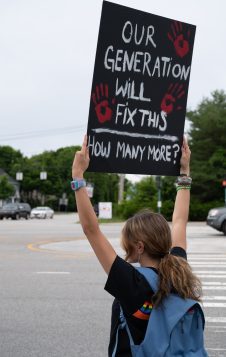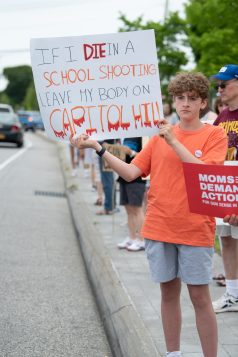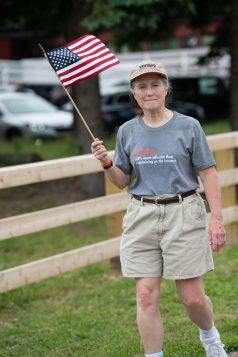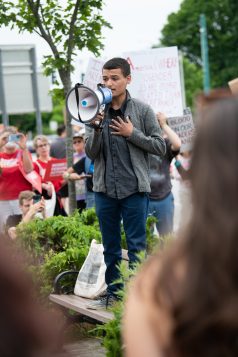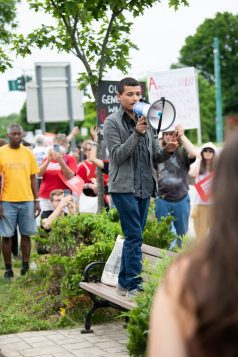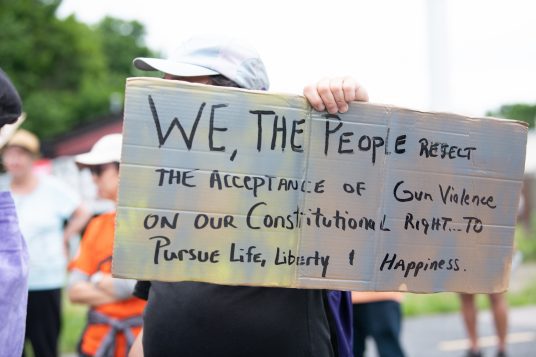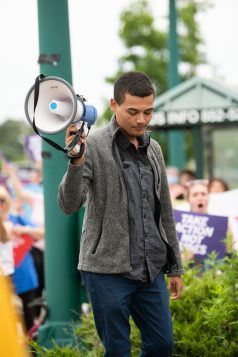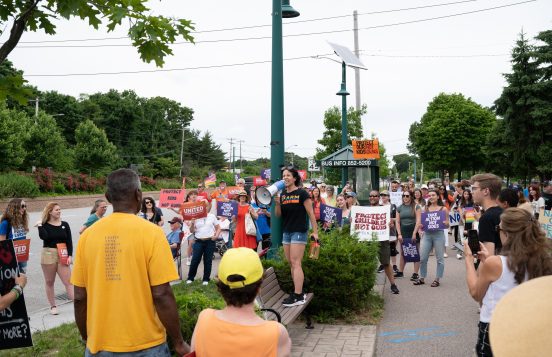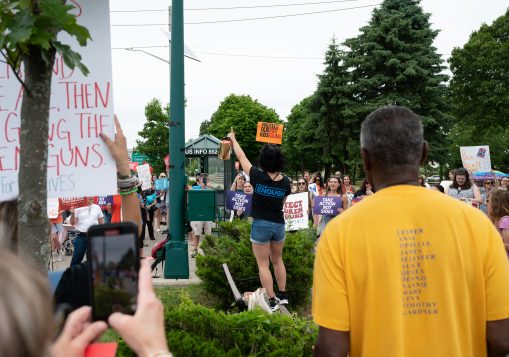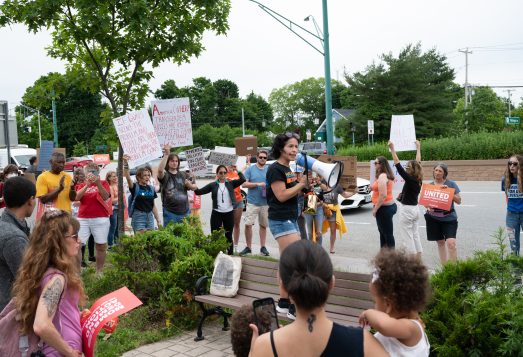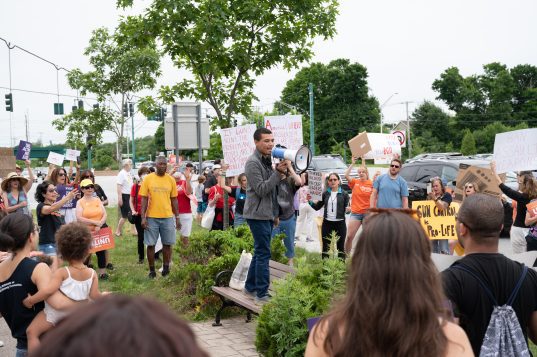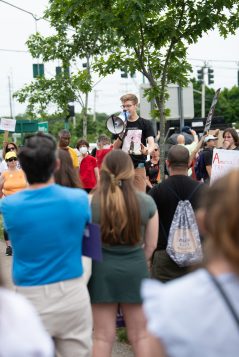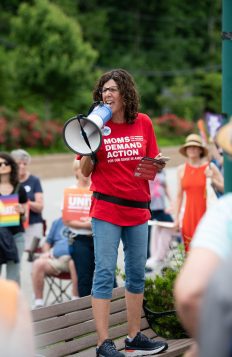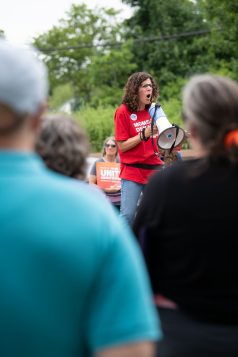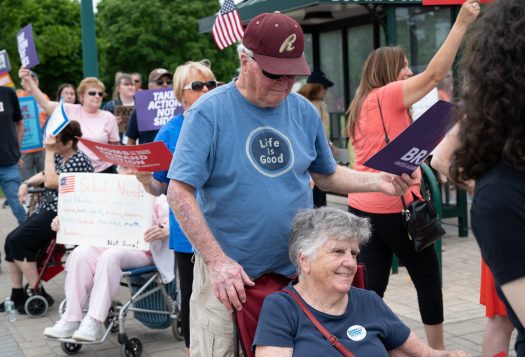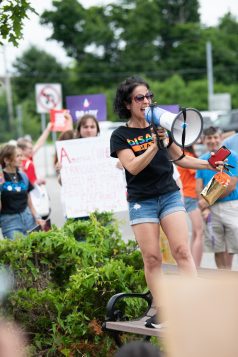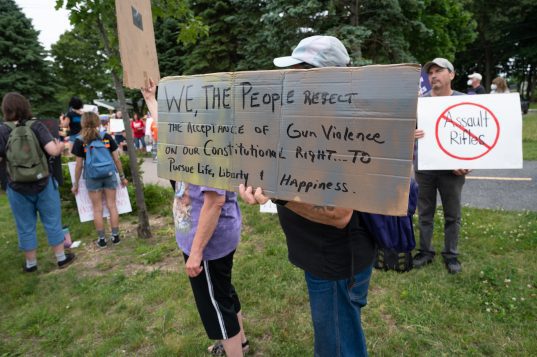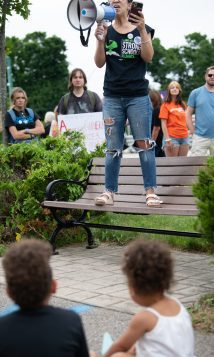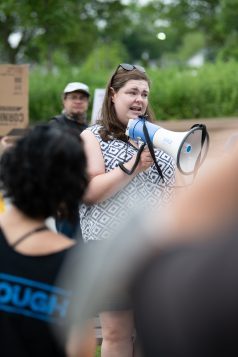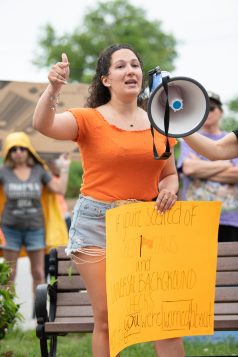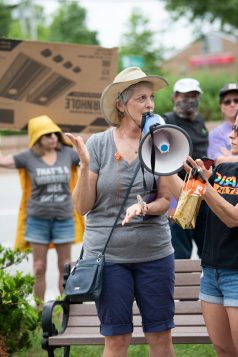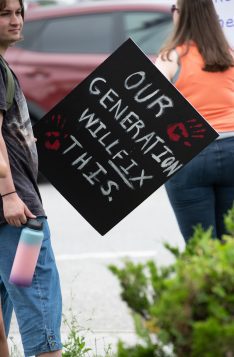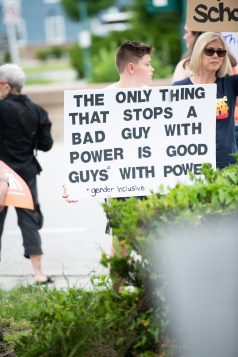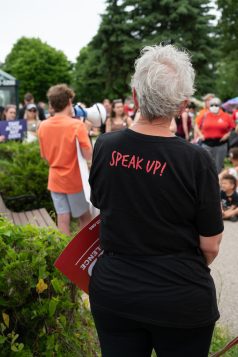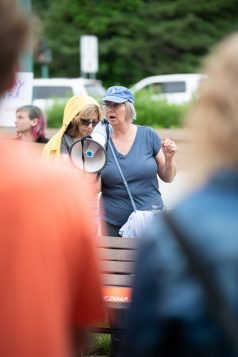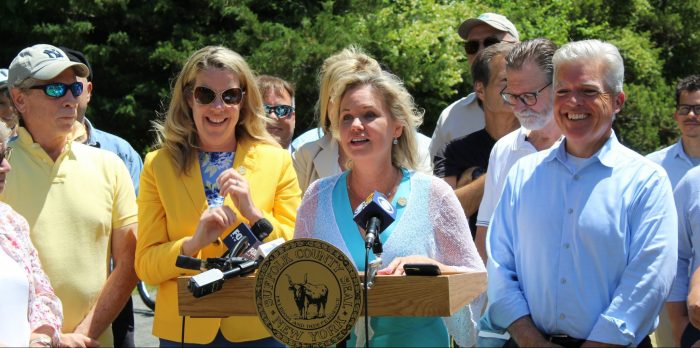A government is only as democratic as the freedom and fairness of its electoral process.
Right now, the legislative and executive branches of the Suffolk County government are at odds over what constitutes a free and fair election. At a press conference last week, County Executive Steve Bellone (D) defended a 2017 law that created a public campaign finance fund. He said this program, which is set to take effect during the 2023 county election cycle, will restore “the people’s faith and trust in government.”
At the same time, the Republican majority intends to repeal the law, arguing the program undermines trust in government as public funds will inevitably be used to finance campaigns that some voters do not endorse. Instead, it favors using that money to strengthen public safety initiatives around the county.
While the political branches battle it out, it is worth noting that this program is not supported by tax revenue. Rather, it is supported by revenues generated by Jake’s 58 Casino Hotel, which was acquired last year by Suffolk Regional Off-Track Betting. The question that no one has asked is how OTB factors into this equation.
For eons, societies have struggled to root out vice and promote virtue among their people. It seems a fact of human nature that we are created with various flaws and foibles. Gambling, boozing and prostitution are nasty habits that will be among us regardless of the system of government that we put in place.
Using gambling revenues to finance grassroots campaigns seems to be a noble end. This is not much different from a real estate developer contributing monetarily to a community to compensate for the potential losses incurred during the buildout. Attaching a just cause to an activity like gambling appears to be a worthwhile undertaking. Bellone himself said, “I can’t think of a better way that we can utilize those dollars.”
However, if we are going to stake our democracy and the integrity of our elections on this public campaign finance program, we must demand much greater transparency from the institution that will be supporting it, Suffolk OTB. As recently as March, a local activist referred to OTB as “a known patronage mill.”
There are still far too many questions yet to be answered by OTB. What percentage of its revenue will be used to finance elections? What is the leadership hierarchy? How many people are employed? What is the process for securing employment there? How does the power source of our democracy still not have an “about” page on its website?
It is a giant leap of faith on the part of voters to expect a gaming parlor to act in the best interests of the people. Attempting to power democracy through gambling is a high-risk maneuver that requires much stricter oversight on the part of the administration. The only way this can be possible is through frequent hearings, press conferences and financial disclosures from OTB.
The fact that there is friction between the political branches in Suffolk is a good thing. As the county executive and Legislature quarrel over the future of public campaign finance, there are important questions that the public needs answered. For any of this to work, we the people need to be constantly briefed about OTB’s various dealings. This is a basic principle of democracy.






